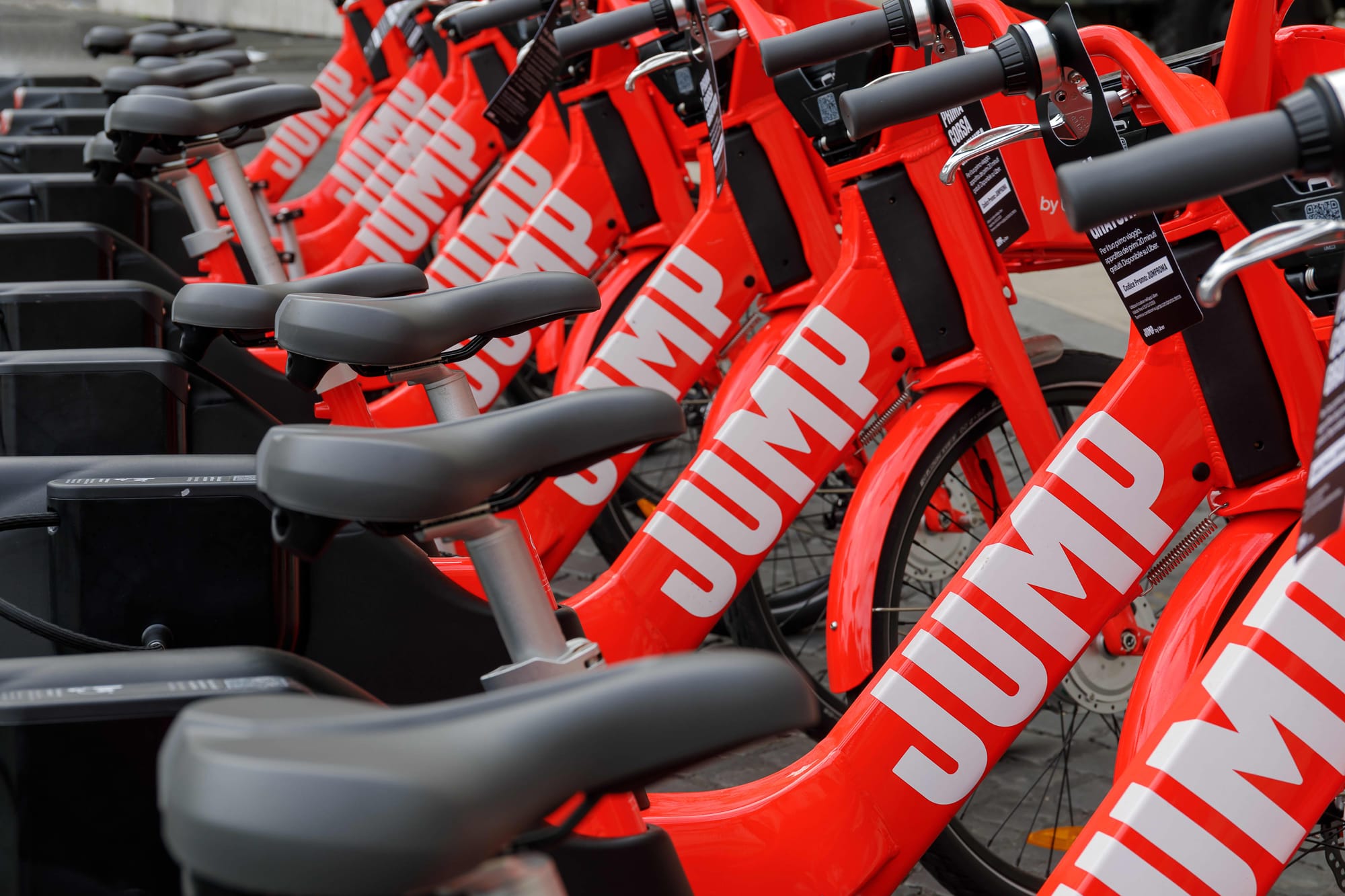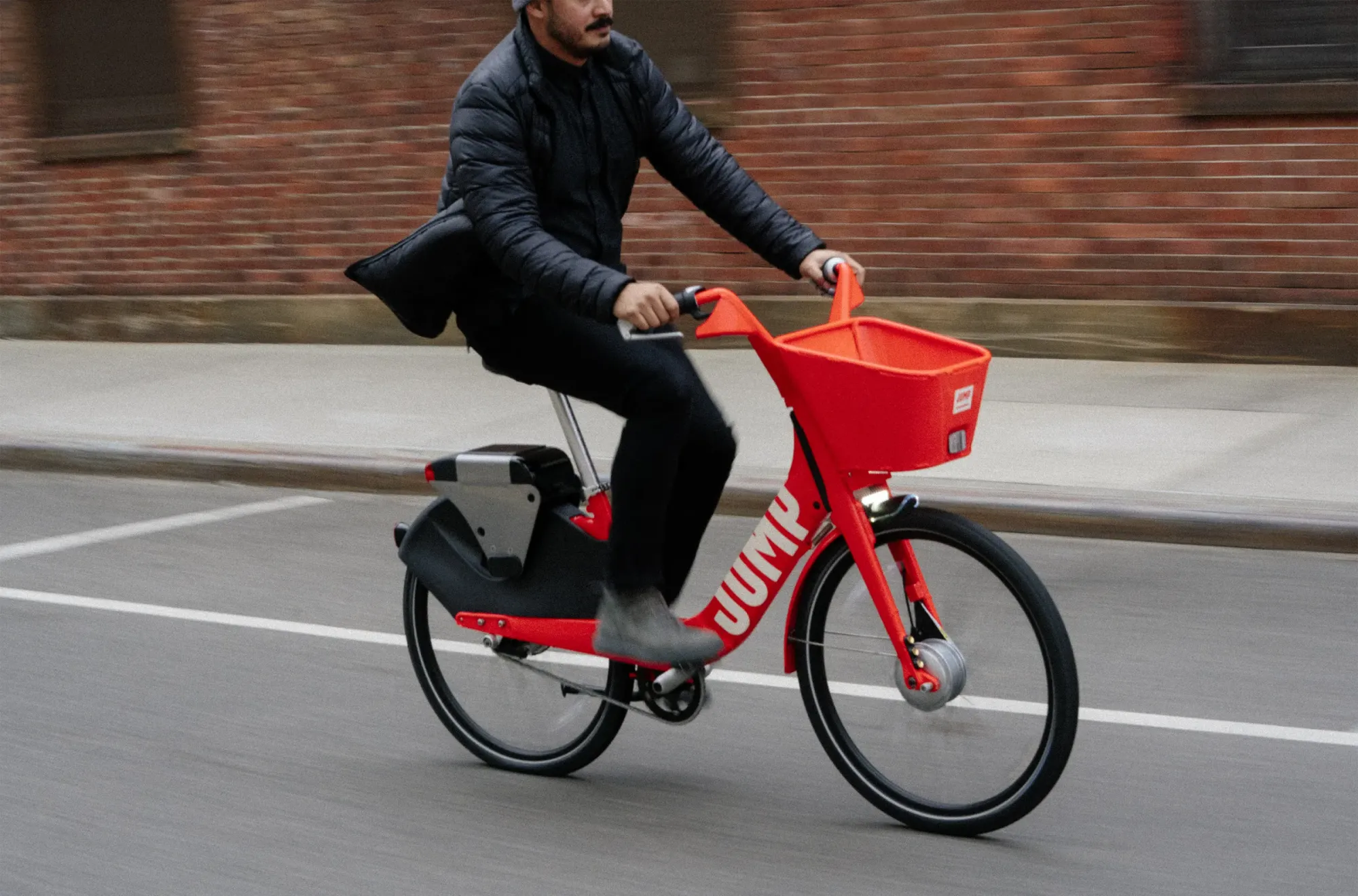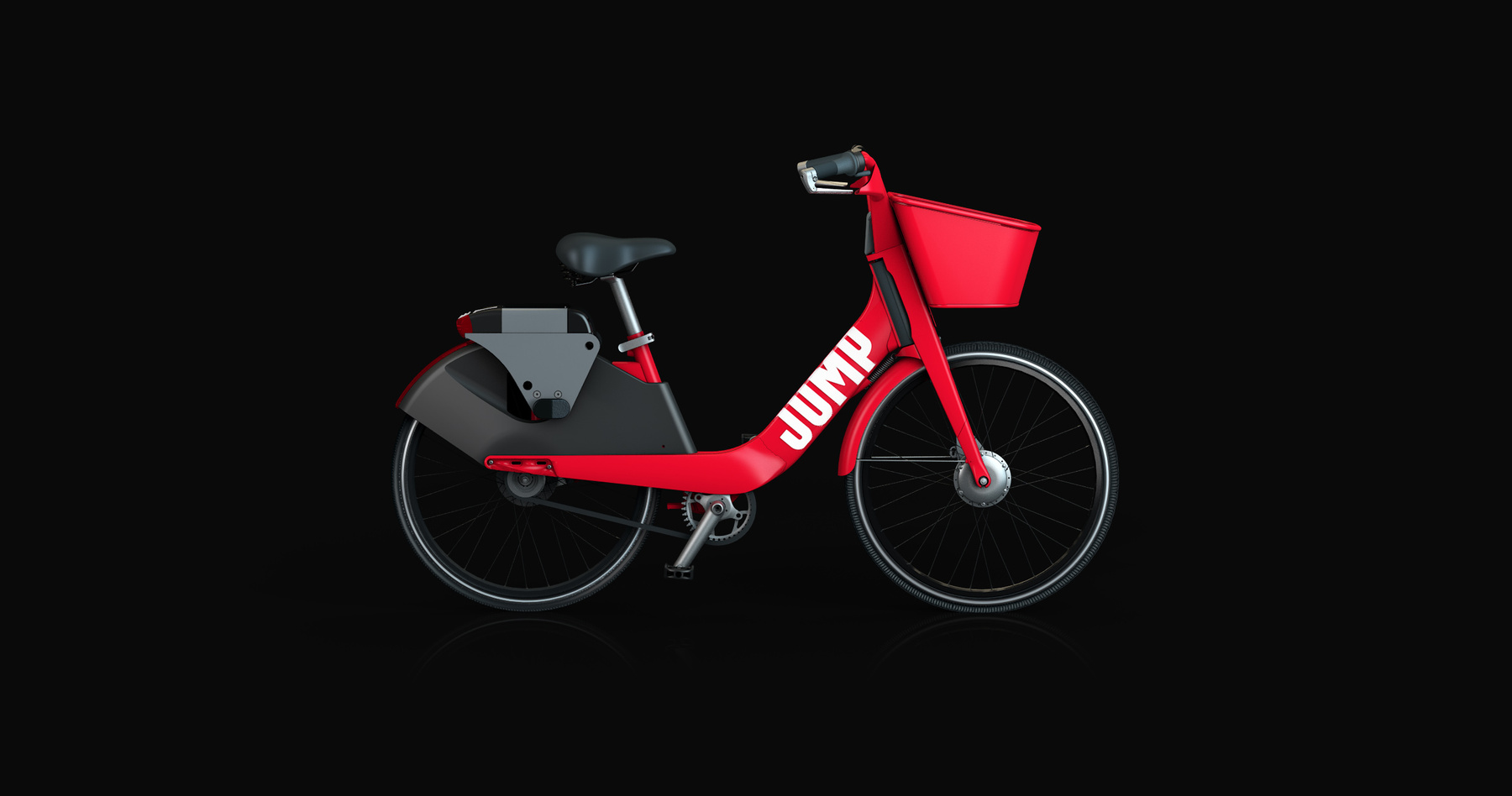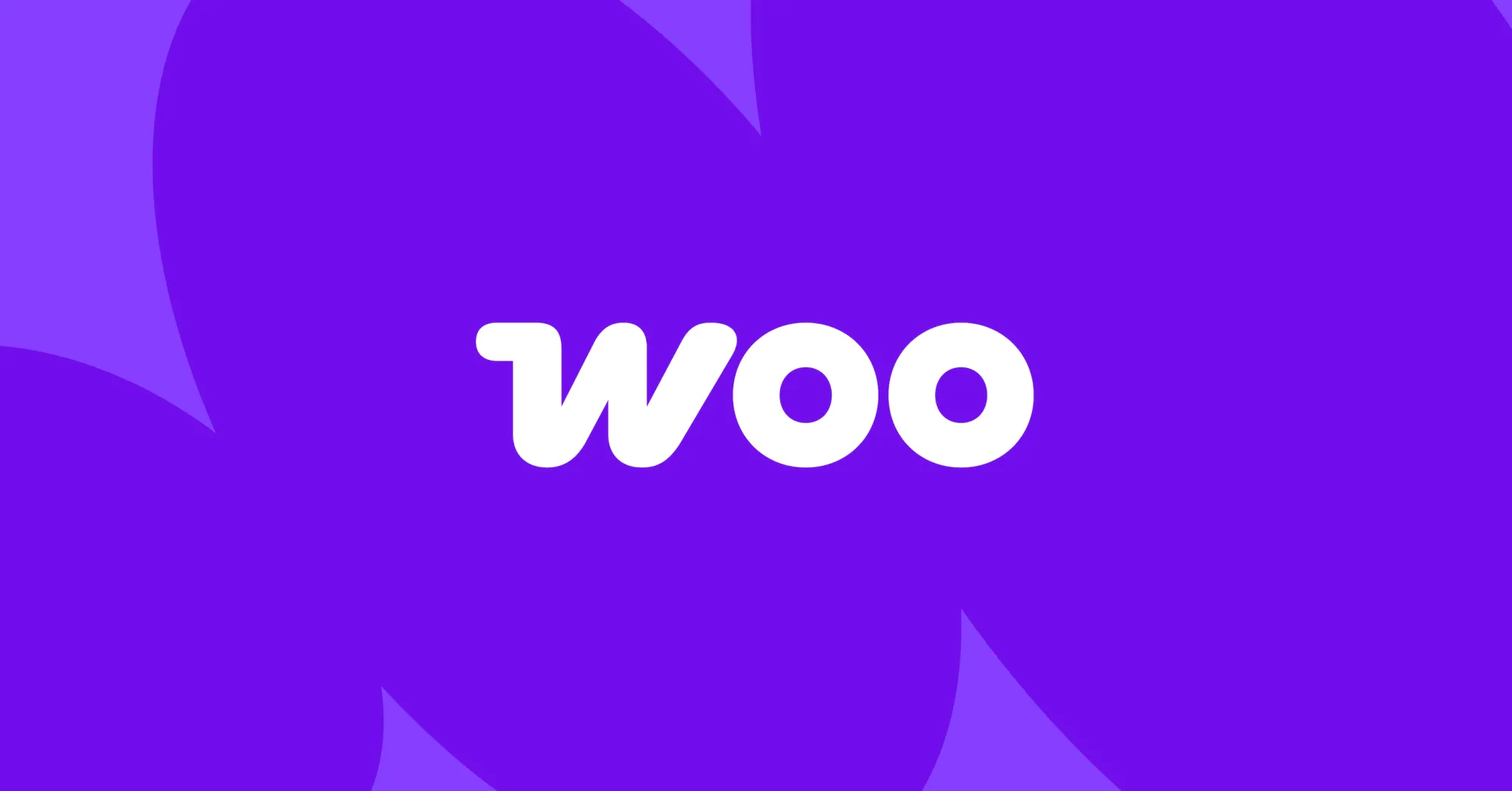In 2019, New York City faced a massive transportation shake-up: the L-Train shutdown was set to displace 225,000 daily commuters between Brooklyn and Manhattan. With limited public transit alternatives, urban gridlock was inevitable.
For JUMP, Uber’s then electric bike-sharing service, this was more than just a transit crisis. It was a once-in-a-lifetime opportunity to introduce hundreds of thousands of New Yorkers to electric bikes as a viable commuting alternative.
I developed a comprehensive content strategy to position JUMP as the most convenient and reliable solution to keep NYC moving freely throughout the concert jungle.
Through cross-channel marketing, hyper-localized messaging, and real-time engagement, the goal was to capture market share and increase adoption rates, making Uber's JUMP a major player in the urban micromobility space. Here's how I did it.
The Challenge: A City on the Brink of Gridlock
The 14th Street Tunnel repair, necessitated by damage from Hurricane Sandy, significantly disrupted the lives of hundreds of thousands of commuters.
The looming shutdown threatened to exacerbate the strain on New York City’s already overburdened transportation network.
Problem:
The shutdown was poised to disrupt the daily lives of 225,000 commuters traveling between North Brooklyn and Lower Manhattan for 18 months.
The L-Train shutdown threatened to cause:
- Overcrowded subways with spillover delays across the MTA system
- 70+ additional buses per hour clogging the Williamsburg Bridge
- More rideshare congestion, making Uber and Lyft trips slower
- 4,500 new bikers daily needing a safe, reliable alternative
With an estimated 4,500 new bikers expected to navigate this route and the Williamsburg Bridge facing potential gridlock with around 70 buses per hour, the scale of the disruption—and the opportunity—was undeniable.
At the same time, Citi Bike and Lyft were ramping up their efforts—expanding docking infrastructure and increasing visibility. If Uber JUMP wanted to own the moment, we needed to move fast with a bold, highly targeted content strategy.
The Strategy: Make JUMP the Hero of the Crisis
With Uber, I saw an opportunity to position JUMP as the only reliable and convenient alternative for affected commuters. With 225,000 potential users at stake, we aimed to ease the transition by providing a sustainable mode of transportation during the shutdown period.
Solution:
Instead of treating this as a product launch, I approached it as a public service campaign—positioning JUMP as the solution to a commuter nightmare.
Infrastructure upgrades were key to facilitating smoother mobility during the shutdown. From protected bike lanes in North Brooklyn to expanded routes in Lower Manhattan, these enhancements mitigated the shutdown’s impact on commuters while promoting cycling as a viable, long-term alternative.
Target Personas: Crosstown Cohorts
By targeting daily commuters (18 to 38 years old)—including students and workers who were already active Uber riders—we would accelerate first-trip conversions via owned channels, significantly reducing customer acquisition costs.
Conversion Pathways to JUMP:
- Existing Uber Users ➝ JUMP
- Daily Bus Commuters ➝ JUMP
- Daily Train Commuters ➝ JUMP
- Existing Bike Referrals ➝ JUMP
Key Messaging: Carpe Diem
The goal was to position JUMP as the hero in a time of crisis—urging commuters to seize the moment and embrace a transformative mindset: choose a bike over gridlock, avoid delays, and take control of their commute. The sentiment was anchored in efficient mobility, sustainability, and—most importantly—convenience.
My approach balanced empathy for disrupted routines with an energizing call to action, ensuring that Uber became the preferred choice for commuting between Brooklyn and Manhattan during rush hour.
I used hyper-local messaging that spoke like a true New Yorker to cut through the noise and ensure the message resonated.
- Voice (Community): "We’re in this together."
- Tone (Helpful): "Bikes are just a block away."
- Style (Bold New Yorker): "Traffic? Fuggedaboudit."
- Sentiment (Peace of Mind): "Be on time with JUMP."
Sample Ad Copy:
- Rush hour? Uggghhh.
- Get off the bus and JUMP around.
- Traffic jams make you wanna JUMP.
- Because bumper-to-bumper is wiggity-whack.
- Late again? Fuggedaboudit.
- Be on time with JUMP.
- Heavy traffic on Williamsburg Bridge?
- Don’t be late! JUMP up to get downtown in 15 minutes.
By tapping into New York’s no-BS culture, I made JUMP feel like a natural part of the city’s sentiment, ethos, and rhythm.

Omnichannel Execution: A Fully Integrated Content Strategy
A great content strategy or marketing campaign isn’t just about what you say, it’s where you say it and how often. We needed to meet commuters where they already were—from social media to subways to push notifications to paid search.
Social Media: Real-Time Updates & Community Engagement
- Twitter/X Alerts: Live updates on L-Train delays and bike availability.
- Instagram Reels: Short, punchy videos showing JUMP as the fastest alternative.
- Facebook & Reddit Threads: Seeding conversations in NYC commuter forums.
Example Twitter Post:
Traffic delays again? Don’t stress—JUMP bikes are just a block away. Tap, pay, ride, and be downtown in 15 minutes. #LTrainShutdown
Why This Works:
Believe it or not, NYC commuters turned to Twitter/X for real-time transit updates. By making Uber JUMP part of the real-time conversation, we're able to drive urgency and early adoption.
Email & Push Notifications: Direct, Personalized Messaging
- Segmented Email Campaigns: Targeting Uber riders with relevant messages.
- Push Notifications: Geo-targeted alerts when traffic is heavy near bike docks.
Subject Line: Beat the L-Train Shutdown with JUMP🗽🚲
Hey New Yorkers,
We get it. The L-Train shutdown? It’s rough out there.
But don’t worry, Uber + JUMP have your back. 🤜🤛
We’re not just out here getting you from A to B, we keep you moving freely through the concrete jungle because you have things to do and places to be.
All over NYC, JUMP’s pedal-assist electric bikes are always only a block away, so you can ditch the crosstown gridlock and enjoy some convenience and peace of mind. No more stressing about being late to work or missing class.
With new protected bike lanes in North Brooklyn and expanded routes into Lower Manhattan, you’ve got the freedom and the wheels to skip the headache and hassle and be in Midtown in 20 minutes or less—guaranteed!
Traffic on the Williamsburg Bridge? Fuggedaboudit! Be there on time with JUMP.
Let’s ride, New York! Your first trip is on us. 🚴♂️💨
CTA: [Locate a Bike]
Search & PPC: Capturing High-Intent Riders
- Google Ads: Targeting high-volume keyword phrases like “L-Train alternative,” “fastest commute NYC,” and “electric bike rentals.”
- SEO Optimized Content: Ranking for high-intent commuter searches.
Why This Works:
When New Yorkers search for “best way to commute during L-Train shutdown”, Uber JUMP displays real-time availability of bikes.
Streaming & Programmatic Ads: Reaching NYC Where It Counts
- YouTube Pre-Rolls: Targeted NYC commuters with 15-second videos.
- Spotify Ads: Quick, witty audio spots that played during rush hour.
- Transit Ads: Posters in subway stations and bus shelters reminding people to “JUMP” instead of standing or waiting around.
Example Billboard Ads:
- Another packed ride? Get off the bus and JUMP around.
- Late again? Fuggedaboudit. Be on time with JUMP.
Why This Works:
These placements catch people mid-commute, right when they are feeling the dread of delays and overcrowded buses and trains.

Projected Results: JUMP Becomes NYC’s Go-To Alternative
By integrating social, search, real-time messaging, and physical advertising, I created a seamless omnichannel campaign aimed at driving both awareness and action.
While this campaign was a strategic response to the L-Train shutdown, let’s look at the projected impact of this omnichannel strategy based on industry benchmarks.
Projected Key Performance Indicators (KPIs) by Channel
Social Media: (Twitter, Instagram, Facebook, Reddit)
- Engagement Rate: 4-6% (above the industry average of 1-3%)
- Organic Social Mentions: 2,500+ per week during peak L-Train disruptions
- Twitter/X Impressions: 3M+ impressions on live transit updates
- Instagram Reels Views: 500K+ views on mobility explainer content
Email & Push Notifications
- Open Rate: 30-35% (higher than Uber’s general email benchmark of ~20%)
- CTR (Click-Through Rate): 5-7% for geo-targeted push notifications
- Conversion Rate: 10-15% of push recipients unlocked a bike within 30 mins
Search & PPC (Google Ads, SEO Optimized Landing Pages)
- Search Impression Share: 85%+ on “L-Train alternative” and related keywords
- CTR on Paid Search Ads: 8-12% (well above the 3-5% industry average)
- Organic Traffic Growth: 50% increase in visits to Uber JUMP’s landing page
Streaming & Programmatic Ads (YouTube, Spotify, Subway Billboards)
- YouTube Pre-Roll Completion Rate: 70-80% (higher than the 60% industry benchmark for engaging mobility content)
- Spotify Ad Recall Rate: 30-40% among targeted commuter audiences
- Transit Ad Recall (Billboards, Bus Shelters): 60%+ recall among commuters
Projected Overall Business Impact
- JUMP Ridership Increase: 30-40% uptick in NYC during the shutdown period
- New User Acquisition Cost (CAC): 20-30% lower than standard paid acquisition benchmarks due to high engagement in organic and owned channels
- Retention Rate: 25-35% of new JUMP users continuing to ride post-shutdown
- Brand Sentiment Lift: 15-20% increase in positive sentiment for Uber JUMP in NYC commuter conversations
By executing this omnichannel content strategy, JUMP's ability to establish itself as a mainstream transit option isn’t just about visibility—it’s about positioning, engagement, and long-term behavioral shifts.
Final Takeaways: The Power of an Omnichannel Content Strategy
This campaign wasn’t just about renting bikes, it was about understanding and solving a real-world commuter problem that impacted hundreds of thousands of people.
Success came down to three things:
- Hyper-Local, Relatable Messaging: Speaking like a true New Yorker made JUMP feel authentic, relevant, and necessary.
- Omnichannel Content Execution: Social, search, streaming, push notifications—every channel played a role in the commuter’s journey.
- Real-Time, Contextual Marketing: Commuters saw JUMP when they needed it most, whether in a tweet, outdoor ad, or a geo-targeted push notification.
When content strategy is done right, it doesn’t just inform—it transforms. Do you need a content strategy that converts? Let’s talk.













Discussion